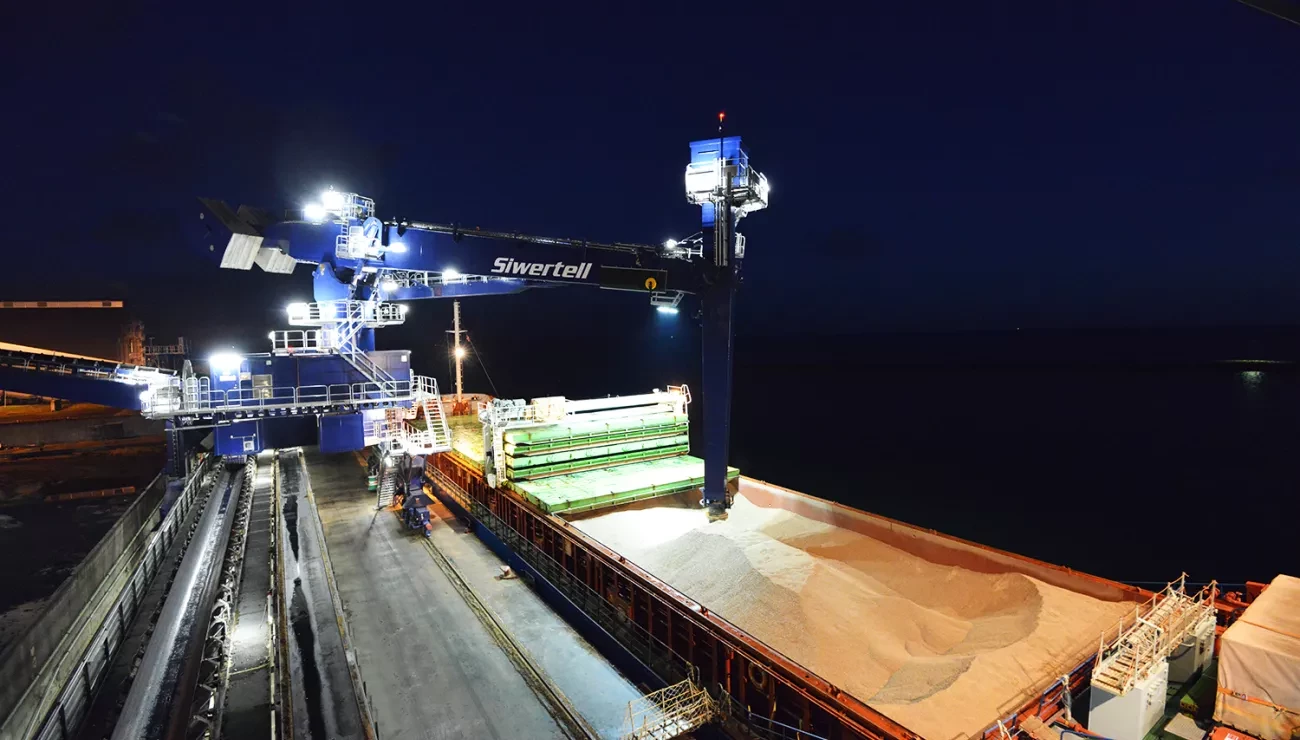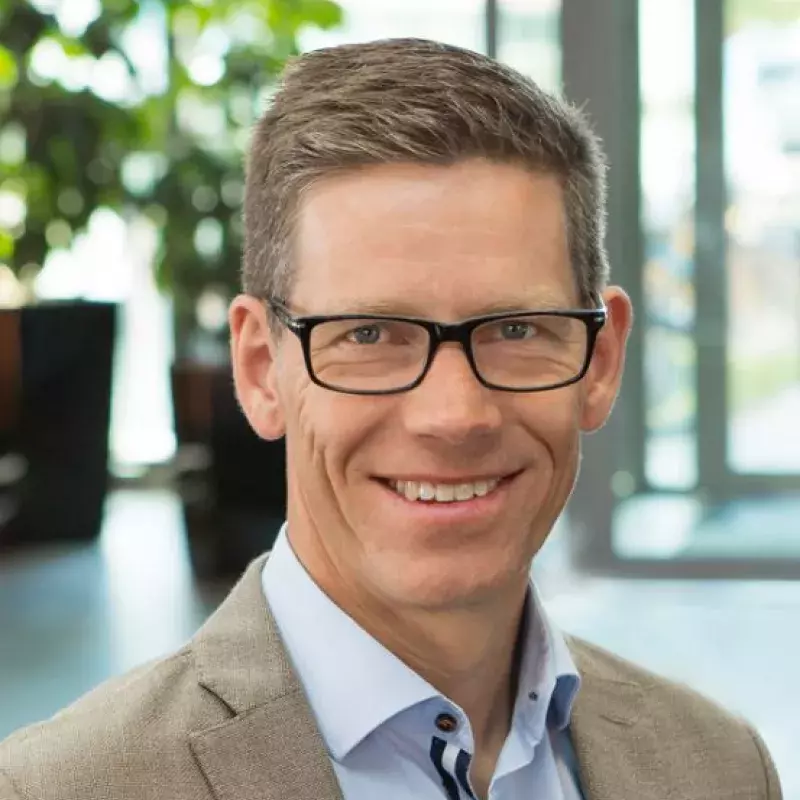
Is biomass the answer to a coal-free future?
24 Apr 2018As various economies around the world move away from coal, uptake of renewable energy sources has increased dramatically – particularly in Europe. As these markets mature, energy firms are learning to get better efficiency out of wind and solar technologies. But while these sources are a key forward step in the ongoing decarbonization of energy supplies, they cause considerable carbon emissions in their manufacture, transportation, and construction.
On the other hand, infrastructure for coal-fired energy is everywhere. As well as the huge sunk cost in their construction, these facilities have also benefited from more than a century of industrial know-how in getting as much electricity as possible out of a given quantity of fuel – far more than solar, or wind. While these renewable power sources will be vital, then, retooling existing fossil fuel infrastructure is likely to be the best possible strategy for decarbonizing the global economy. For this, biomass may be the answer.
To begin with, biomass was derived from the sugars and oils found in arable crops. While this energy is readily available, easily tapped, and effective, onlookers pointed out that these would threaten the integrity of global food supplies if used at any scale.
Instead, today’s second-generation biomass is derived from the residues of various industrial processes. These can be the stems and leaves left behind in the production of food crops; but the overwhelming majority of today’s biomass comes in the form of wood pellets, refined from sawdust, or the small branches that are shaved off in the process of cutting timber.
Typically about half the density of coal, wood pellet biomass contains around two-thirds of its caloric value. This means that greater transport throughput is needed to handle the larger volumes of cargo arriving at power stations around the world. Questions remain regarding how, and indeed if, this demand can be met.
Drax: the UK’s clean-up act
The biomass market in Europe is growing considerably, with the UK taking the lead. Now the largest biomass power plant in Europe, the 4GW Drax power station has replaced coal in three of its six boilers, burning about 7.5 million metric tons of imported biomass instead, with a fourth conversion scheduled for the second half of 2018.
In 2014, almost 60 percent of the wood pellet supply for Drax’s boilers were US imports, with Canada providing a further 20 percent. More than half of the biomass burned in Europe originates in the US, which exported over 1 million metric tons in 2014. Drax also receives biomass from Russia, the Baltic and Africa. It is also considering Latin America, where nutritionally depleted soils in deforested areas offer fuel crop potential.
Drax receives biomass unloaded at several UK locations including the nearby Immingham Renewable Fuels Terminal (IRFT), operated by Associated British Ports, where wood pellets arrive from the US on dedicated self-trimming bulk vessels of between 25,000 and 50,000 dwt. These cargoes are offloaded by two rail-mounted ST 790 D Siwertell unloaders.
More recently, a new facility, Ligna Biomass terminal in Liverpool, came online in mid-2016. Operated by Peel Ports, the new material terminal can store up to 110,000 metric tons of biomass. Like IRFT, Ligna is equipped with two ST-790 D high-capacity unloaders, which supply the power station with up to ten train loads of pellets per day and account for up to 40 percent of the total biomass consumed by Drax each year.
Thanks to the vertical screw-type conveyor system, these large machines can unload wood pellet cargoes in a way that keeps conveying velocities relatively low, so the bulk material is not damaged, but maintain impressive continuous rated capacities of up to 1,200t/h. The Siwertell units can also seamlessly switch between cargoes, including various grades of coal, if required.
Denmark: a cut above
The immediate neighbor of Sweden and Finland, two major wood biomass-producing economies, Denmark has made some extraordinary strides toward green energy, of which biomass pellets now play a considerable part. The Avedøre combined heat and power (CHP) station is one of the most efficient in the world, able to burn coal with as much as 94 percent efficiency by converting 49 percent of its potential energy into electricity and distributing the other 45 percent as residential and industrial district heating.
Operator Ørsted, formally Denmark Oil and Gas (Dong Energy), has reduced its coal use by 73 percent since 2006, replacing it at its various power plants with biomass, as part of its target to ultimately phase out coal power completely by 2023.
Forming part of this transition, a 436-metric ton, rail-mounted high-capacity Siwertell unloader has operated in the Avedøre harbor since 2013, when it was delivered on board a heavy-lift vessel. Originally chosen in part for its flexible material handling, unloading both coal and biomass cargoes interchangeably, the crane now handles 100 percent biomass, after Ørsted converted the plant for full-biomass operation in 2016.
Singapore: the one-stop-shop
In Asia, biomass takes the form not only of wood pellets from Canada and Vietnam, but also palm kernel shells from Indonesia and Malaysia. Experts forecast a major boom in demand for biomass from China, Japan, and South Korea, with imports of these materials having increased by 350 percent to 3.3 million metric tons between 2012 and 2016.
Demand for wood pellets is anticipated to further increase until it exceeds that of Europe by 2020. The Japanese government, anxious to diversify away from nuclear power, is targeting just under 25 percent renewable energy for its power mix in 2030, of which biomass would be nearly five percent. As of end 2017, Japan has already given the nod to 800 wood biomass projects, amounting to a combined 12.4GW, although with the caveat that higher barriers to entry for biomass than for conventional renewables mean many of these projects are unlikely to get off the ground.
In southeast Asia, at the Tembusu Multi-Utilities Complex (TMUC) on Jurong Island in Singapore – a one-stop-shop of power plant, desalination plant, and wastewater treatment facility – power is generated using coal, wood chips, and palm kernel shells. These fuels are fed into the plant’s circulated fluidized bed (CFP) boilers, supplying electricity to the Singapore power grid.
Two rail-mounted Siwertell unloaders have served the TMUC since 2012, alternating between unloading coal and various biomass cargoes. The unique requirements of Singapore’s Jurong Island mean that the plant must keep all emissions low, as well as reducing visible pollution as much as possible. Therefore, Siwertell’s unloaders, like the plant itself, minimize dust emissions through fully-enclosed transfer points and dust collectors, enabling dust-free material handling. This includes the belt conveyors, which Siwertell designed a complete enclosure including a bottom plate.
The future: a tug of war
The regulations that govern the production of biomass mean that it is limited in nature. New logging is frowned upon by the international community as not environment-friendly, and wood pellet production is, in theory, limited to waste and residues only. But with many nations in Europe looking to switch from coal to biomass and demand picking up in Asian economies, companies in the US – by far the biggest producer of wood pellets – will be under enormous scrutiny not to cheat the system.
There is also the question of whether biomass is a carbon sink or sinner. Although the UK government’s Environment Agency reports that greenhouse gas emissions from energy generated using biomass are generally, but not always, less than from fossil fuels, the scientific establishment is not unanimous in its support of the energy source, routinely challenging its ‘carbon neutral’ status. The complex environmental considerations of sustainable biomass production make answering this question far from simple.
PLEASE CONTACT US FOR MORE INFORMATION

Categories: Bulk unloading
Tags: biomass
 Bruks-Siwertell
Bruks-Siwertell